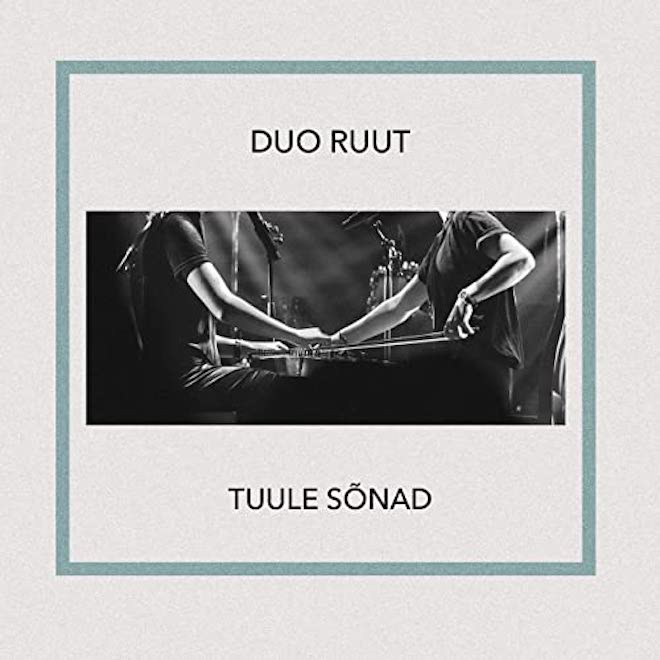Do you remember when the five members of Canadian band Walk off the Earth performed Gotye's “Somebody That I Used to Know” on one single guitar back in 2012? That was a clever way to reinvent that song, certainly. However, close instrumental collaboration like that exists on a more regular basis in this duo's performances.
Katariina Kivi and Ann-Lisett Rebane, the musicians of Duo Ruut, adhere their instrumentation and singing as close together as is possible. In live performances, they sit directly across from each other, with a large kannel (zither) in between. In this stage arrangement, they communicate closely with eye contact. You can sense the music resonating between them as they sing in unison, which results in soaring peaks in their songs.
Duo Ruut use rotating, repeating lyrics when they sing, as we have seen with other contemporary Estonian artists like Trad.Attack! and Marja Nuut. However, what I find different in their use of this musical device is the creation of a meditative state. With the kannel they share, sometimes the strings are bowed, functioning as a drone underneath the changes of the songs. Like the tanpura supports an ensemble in Indian classical music.
To propel songs forward, the kannel's strings are plucked, or drummed on with a pair of wooden drumsticks, as we see in their July 2019 performance for Eesti Pärimusmuusika Keskus (Estonian Traditional Music Centre). Tapping rhythmically with sticks, without leather or felt ends as you might find on dulcimer hammers, produces both a hard, clicking beat and a cluster of sympathetic notes. The strings may even be hit by hand.
An up-close and side-on view of their performances shows something akin to a tense chess game. Something new always crops up. When Ann-Lisett plays one end of the harp, Katariina mutes strings selectively and then marks new passages in the song with brassy undertones. By observing up close, you can truly appreciate the nuances of their playing, as audiences had the chance to do when Duo Ruut played Sofar Sounds Tallinn in December 2018.
On occasion, comparisons have been drawn between their performances and Katajjaq (Inuit throat singing), where two women sing face-to-face, with elements of endurance and competition. They sing until one singer laughs, smiles, or gets tired. Then there is Rekuhkara, as practiced by the Ainu people in Northern Japan. One woman will cup her hands and chant into the other woman's mouth, who in turn bends the notes with her mouth. It's interesting to see similar traditions appearing around the world, though every culture and artist has their own way of performing. Different vocal tones. With instruments or without. Old and new.
Duo Ruut's music translates well to recording, one highlight being their song “Kuhjalooja”, from their 2019 album Tuule Sõned (“Words of the Wind”). Recorded with José Diogo Neves at Retrosonic Pro Audio Studios in Tallinn, each track has breathing space. Each note and vibration becomes all that more impactful.
One thing that plays an important role in the endurance of any musical act is the connection that exists between constituent members. Katariina and Ann-Lisett put it all into their recordings and shows. Focus, friendship, and folklore.
Perhaps Canadian audiences will eventually have the chance to witness Duo Ruut's compositions live, experiencing music that is new to their ears and expands our musical horizons more and more.
Listen to “Tuule Sõnad” on Spotify today!
Written by Vincent Teetsov




